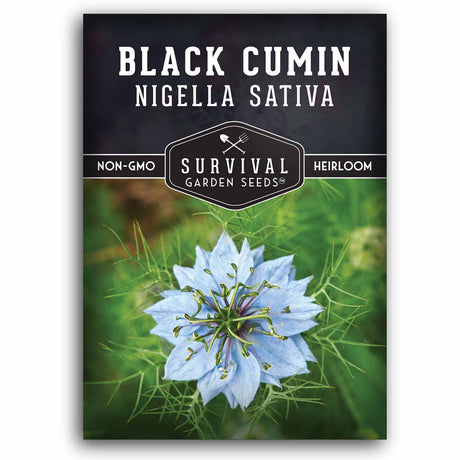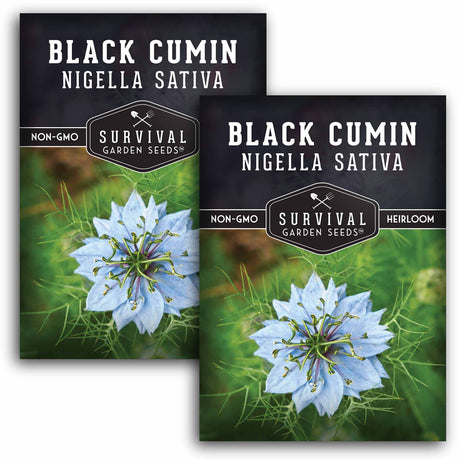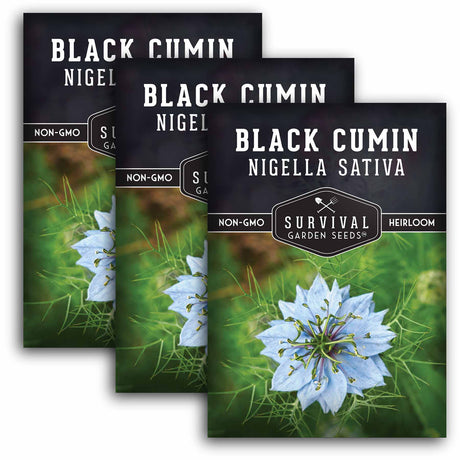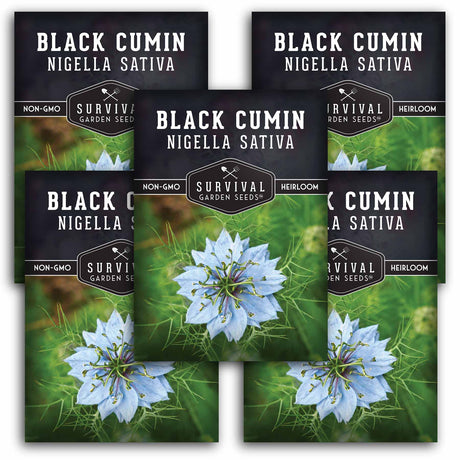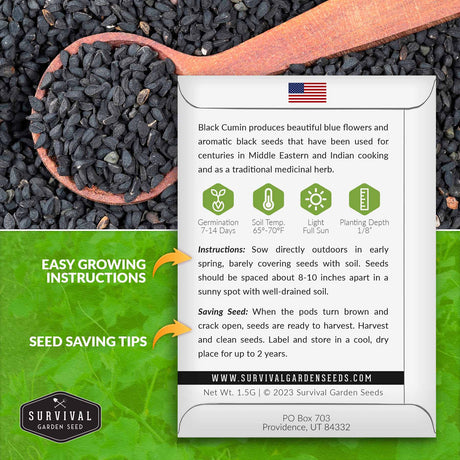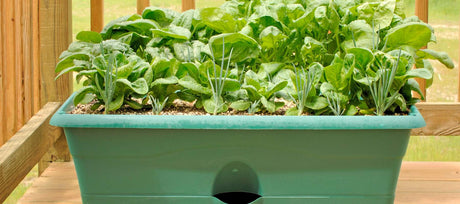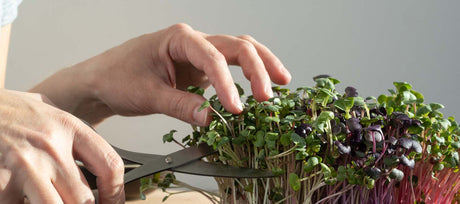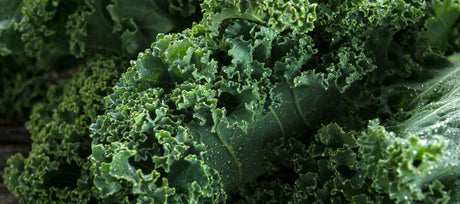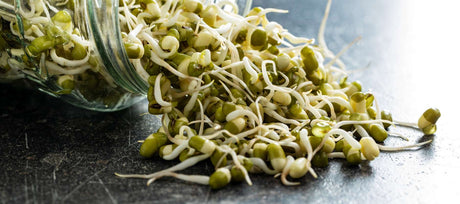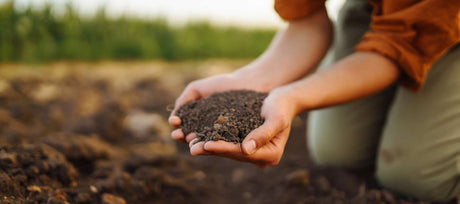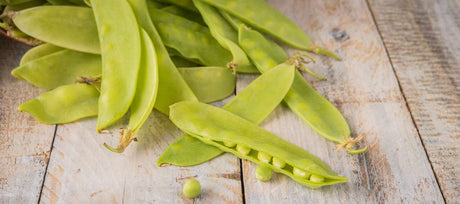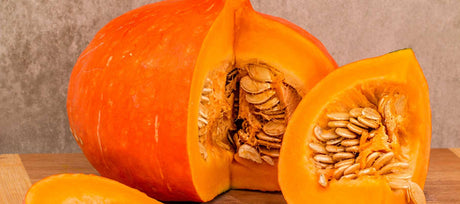Survival Garden Seeds offers high-quality black cumin seeds, with each packet having detailed planting instructions to guide you through the growing process. Our heirloom seeds are perfect for all who want gorgeous herbs that produce delicious spice.
Growing Black Cumin Seeds in Your Garden
- Flavorful and beneficial seeds
- Easy to grow plants
- Thrives in sunny garden spots
- Non-GMO, heirloom herb seeds
INTRODUCING BLACK CUMIN SEEDS
Black cumin, scientifically known as Nigella sativa, is highly valued in various traditional medicines. It’s believed to have therapeutic benefits, such as boosting the immune system, reducing inflammation, and aiding digestion. It has been cultivated for thousands of years, and featured prominently in the culinary landscapes of many cultures. These seeds can be used whole or they are ground into powders. They’re often incorporated into bread, curries, and pickles. Native to Western Asia, Eastern Europe, and the Middle East, black cumin is today cultivated in USDA hardiness zones 5 to 9.
HOW TO PLANT BLACK CUMIN SEEDS
Planting black cumin seeds starts with sowing directly into the ground in spring after the last frost. The plant prefers a sunny location with well-draining soil. Plant the seeds shallowly, no more than a quarter inch deep. Space them about 8-10 inches apart to allow bushy growth. Germination typically starts within two weeks. Plants require regular watering until they are established.
MAINTAINING BLACK CUMIN PLANTS
Once established, the Nigella sativa plant requires little maintenance. It needs only occasional watering unless there are prolonged dry periods. These plants don’t demand many nutrients. To encourage more seed production, pinch back the tips of the plants early in the season. Harvest seed pods once they begin to turn brown and crack open. Then, dry them fully to extract the seeds. They can be stored for culinary use or for replanting the following year.
Black cumin seeds add a unique flavor to dishes and have many health benefits. The herb also can be a valuable plant for the garden. Minimal care requirements make them a fantastic choice, so anyone can enjoy the process of growing this ancient herb.


